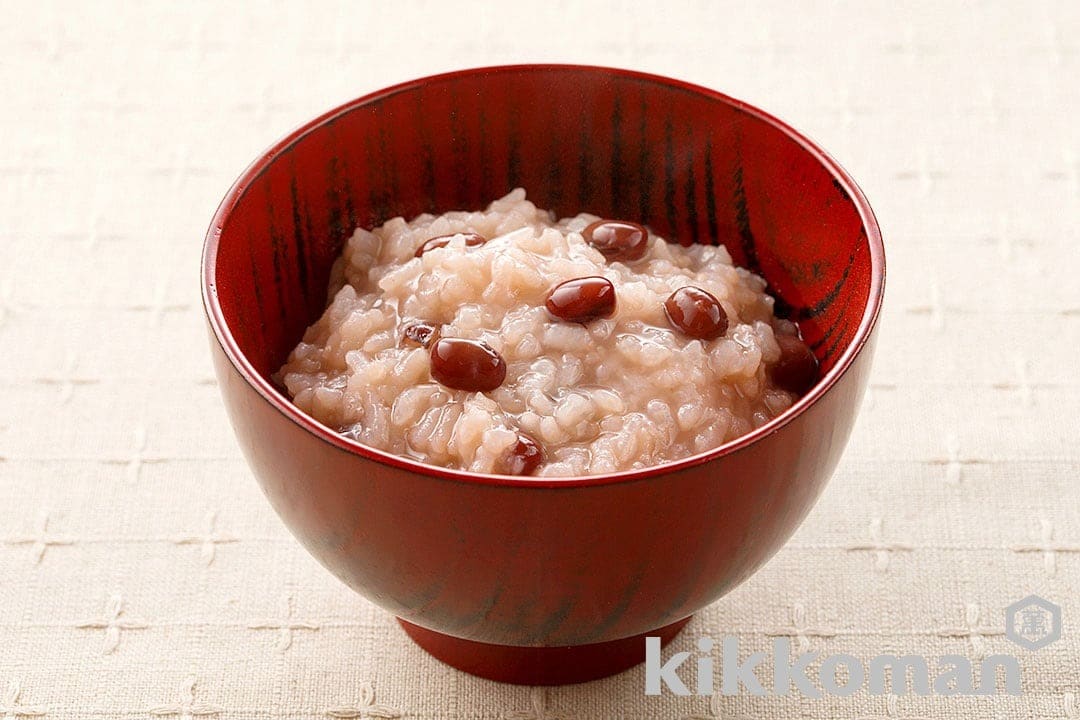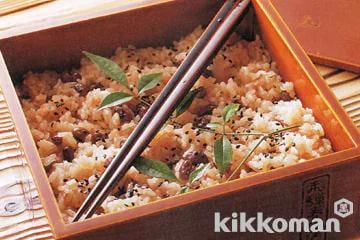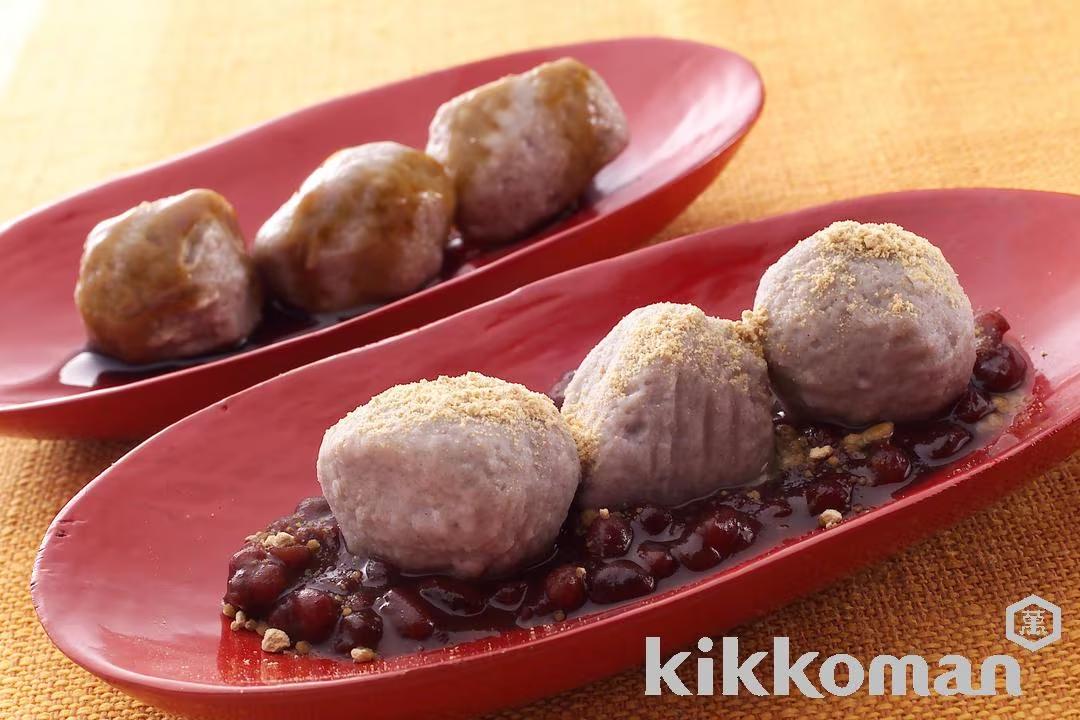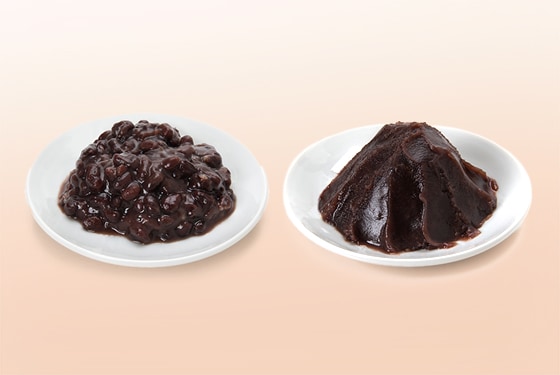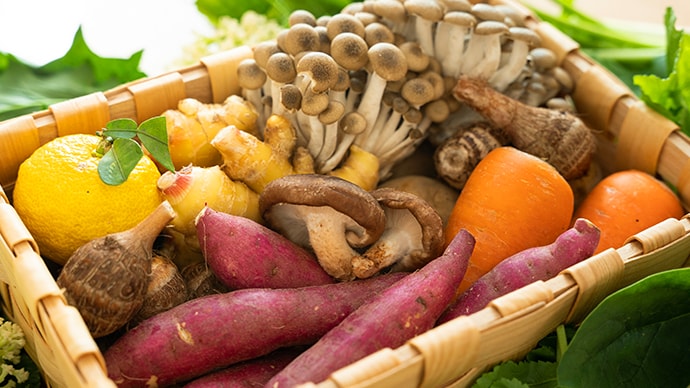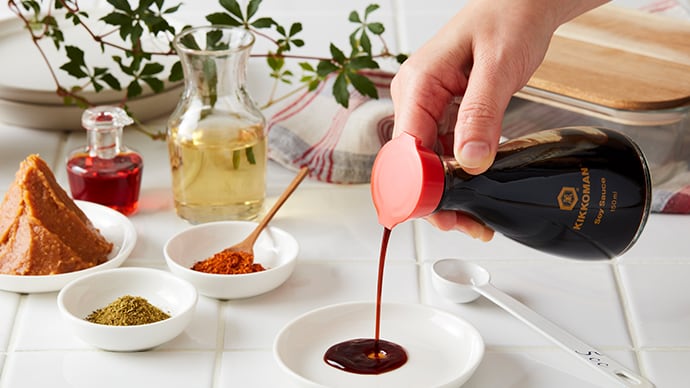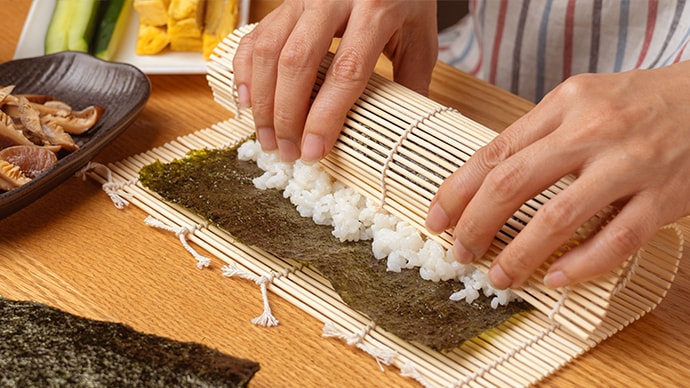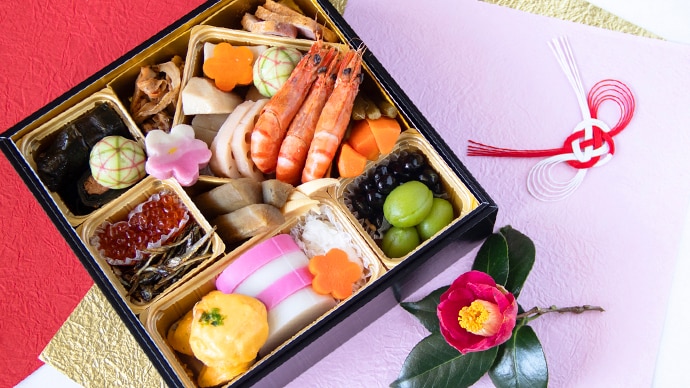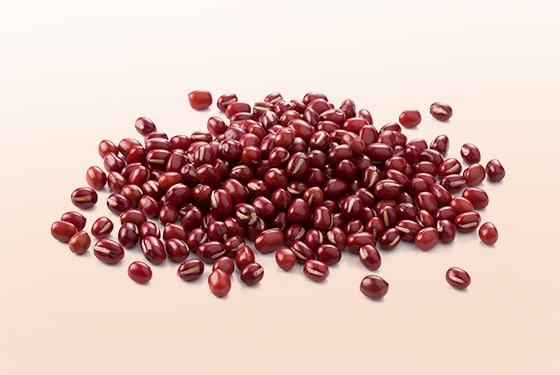
Small, reddish beans used primarily as "anko" (sweet red bean paste) for "wagashi" (traditional Japanese confectionery)
What are adzuki beans?
Adzuki beans (あずき in Japanese) are small, reddish-brown beans, usually boiled in sugar and processed into anko paste. Adzuki beans are also written as aduki beans, or red beans. The anko paste is then used in various confectioneries like "yokan" (a jellied dessert made from anko paste, agar, and sugar), "daifuku" (rice cake stuffed with anko paste), and "dorayaki" (dessert sandwich made from two pancakes and anko paste).
Nutrition facts
Adzuki beans are known for being low in fat and being a source of vegetable protein. They also contain oligosaccharides and dietary fiber, which help regulate intestinal function, and have a high proportion of insoluble dietary fiber. They are also rich in potassium, which works to excrete excess salt from the body, so adzuki are a good choice for meals when you tend to take in too much salt. They also contain iron, which women are prone to lack, and vitamin B1, which helps with carbohydrate metabolism.
As for phytochemicals, they contain catechin, rutin, and saponin, which have the effect of removing active oxygen, and are expected to prevent lifestyle-related diseases.
Adzuki beans tea, made by roasting and boiling adzuki beans, is expected to have the effect of promoting blood circulation and metabolism due to the saponin and potassium, and is popular in Japan among women who are sensitive to cold.
Storage to prevent food loss
If used within a single year, dried beans can be stored in a cool, dark place with low humidity at room temperature. Any longer than a year, but the adzuki beans will dry out and take more time to get boiled. In Japan, adzuki beans are sold pre-boiled with added sugar in cans or pouches, and these can be kept at room temperature for around 2~3 years.
Trivia
Adzuki beans have been eaten in Japan for such a long time that they're even noted in Japan's oldest books from the Nara period (710-794) like the "Kojiki" (Records of Ancient Matters) and the ”Nihon Shoki” chronicles. The beans used in "sekihan" (rice steamed with red beans) are actually called "sasage" (cowpea), which are similar to adzuki beans.
Related Recipes
60min
208kcal
300mg
40min+
339kcal
200mg
20min
211kcal
472mg


